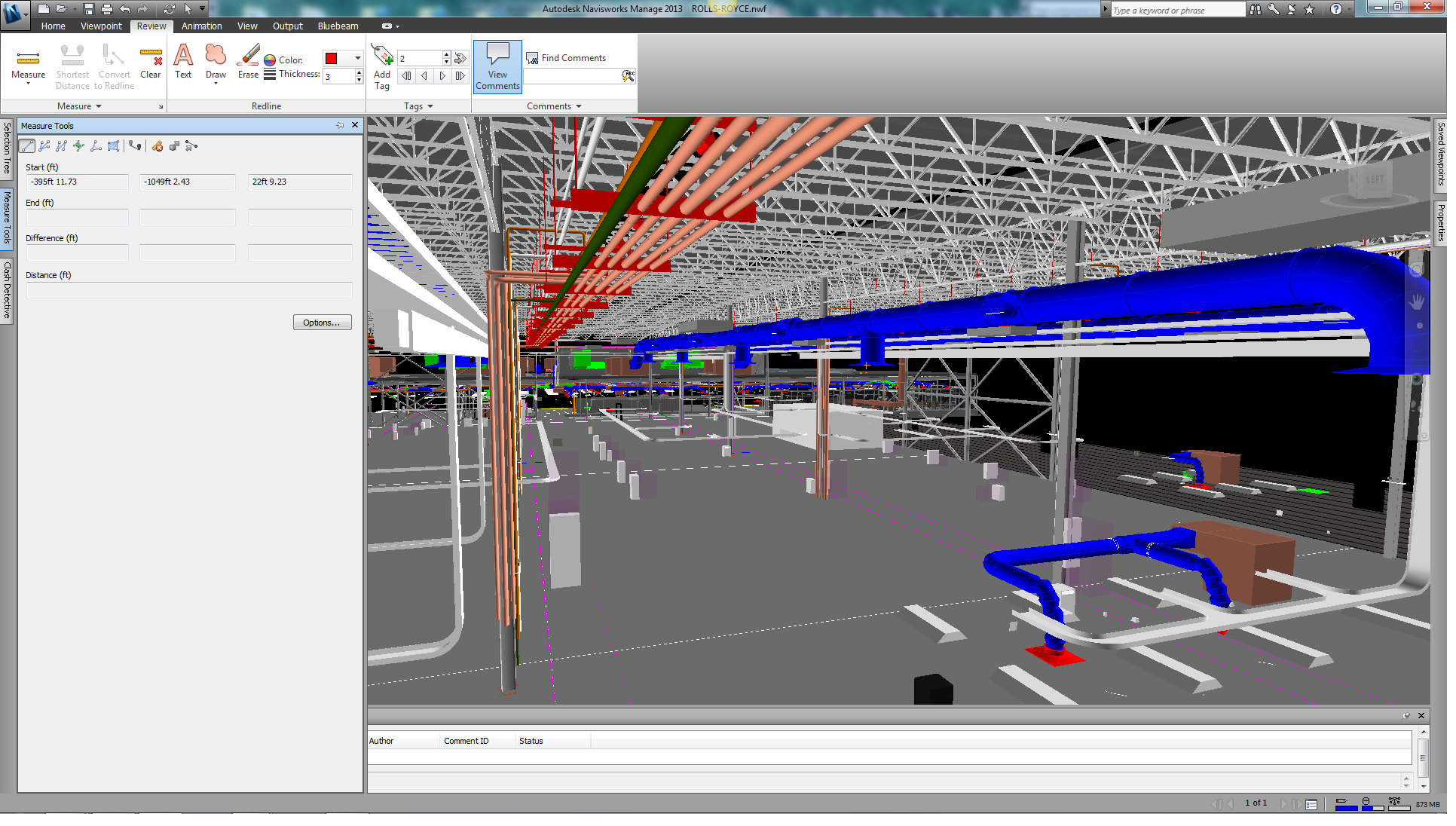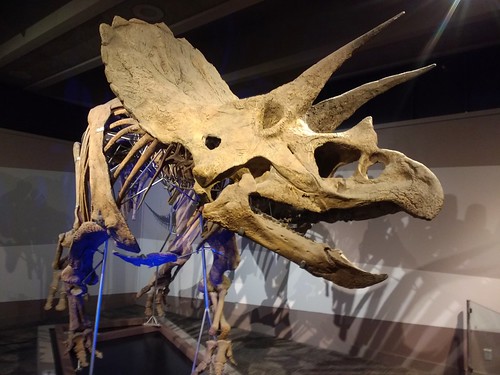Sunday, December 9, 2018
Wednesday, November 21, 2018
Farewell Patches
After many years, I've now parted ways with Patches, the '62 Chevy.
It's helped me through several moves, I've learned a lot working on her, but it's time for someone else to work on it. It's going to a good home (a dad with a 13 year old son). They'll take good care of her.
Wednesday, November 7, 2018
Sunday, October 28, 2018
Building the Panama Canal
PBS: The American Experience - The Panama Canal.
"America can do anything it sets its mind out to do."
"America can do anything it sets its mind out to do."
Sunday, July 22, 2018
Mining Disaster Books
As the massive oil bust continued to take its toll, I eventually found myself in a new line of work, so to speak. I'm doing work that's both in line with what I was doing previously, but with some new context: hardrock mining.
I strongly believe that all engineers should, ideally about once a year, read an engineering disaster book. You a lot when everything goes massively sideways and you point to that and say, 'not that. not that ever again.'
I strongly believe that all engineers should, ideally about once a year, read an engineering disaster book. You a lot when everything goes massively sideways and you point to that and say, 'not that. not that ever again.'
The Deep Dark

This one focuses on the Sunshine Mining Disaster of 40 years ago where 91 people died. It has a very good introduction to mining terminology in the beginning (what's a drift, what's a rib, what's mucking). In the middle, it focuses on the lives of the miners and, in my opinion, really drags on and on. Quite a few miners also just basically sat there and suffocated to death; the initial feeling was the fire would be dealt with quickly and they'd go back to work, so they didn't want to evacuate. There are about 2 pages at the very end of the book where they (too rapidly, I think) skip over what caused the disaster. While never definitively solved (arson was an early theory, but that's pretty unlikely), the book presents a pretty compelling case that a combination of wood storage, oxyfuel cutting, and especially early spray foam caused the fire. The spray foam reminded me strongly of the Brown's Ferry candle incident. Don't miss those 2 pages because they're a key part of the book. I'd wish the editor had gotten the author to expand on those 2 pages and tighten up the middle.
Thunder on the Mountain

The most recent disaster covered, this book is the most expansive, in terms of scope, of the three. It covers the modern coal market (with it's bifurcation between the dying thermal coal market and the growing metallurgical coal market), politics (West Virginia politics and the rise of Don Blankeship as kingmaker), the disaster itself. On both of the other books, some miners were able to save themselves against great odds. On the Upper Big Branch mine, none were. There was one particularly gruesome detail that one person was missing for a very long time, even though rescuers kept walking right by him. It was only when the stench became overpowering that someone looked up... Ew. Talk about a gruesome way to go. A particularly interesting part of the book was where they got coal industry insiders who didn't work for Massey (and a few who did) who slammed the hell out of how Blankeship operated. It reminded me of BP after Macondo.
Fire and Brimstone

Unquestionably the best written of the trio, Fire and Brimstone chronicles the oldest of the disasters, the 1917 Speculator Disaster where 168 died. This book also covers the political fallout of the disaster and the context with the Anaconda Mining company's chokehold on Montana. This book is definitely my favorite of the three. The thing I was really amazed with was how, despite very primitive technology, how well the workers were able to immediately respond to the disaster, despite extremely primitive technology. Some workers immediately understood the dangers of the fire and began building bulkheads to entomb themselves and survived the disasters. The bravery of the rescuers using very primitive breathing rigs was also remarkable; the equipment was very limited, but they worked within those limitations extremely well.

Unquestionably the best written of the trio, Fire and Brimstone chronicles the oldest of the disasters, the 1917 Speculator Disaster where 168 died. This book also covers the political fallout of the disaster and the context with the Anaconda Mining company's chokehold on Montana. This book is definitely my favorite of the three. The thing I was really amazed with was how, despite very primitive technology, how well the workers were able to immediately respond to the disaster, despite extremely primitive technology. Some workers immediately understood the dangers of the fire and began building bulkheads to entomb themselves and survived the disasters. The bravery of the rescuers using very primitive breathing rigs was also remarkable; the equipment was very limited, but they worked within those limitations extremely well.
Sunday, May 27, 2018
Saturday, February 17, 2018
Tools of the modern engineer
Work is still kinda slow for me, but that's also been giving me extra time to ponder how to go about completing good quality engineering work in an efficient manner.
* Good steel toe boots. And by that, I really mean Red Wings. Wal-Mart specials might be good enough for a once-a-year-in-the-field office worker, but once you have to be in the field for an extended period of time, accept no substitutes. Red Wing stores are also excellent at fitting you to what your shoe size should actually be. Many Red Wings are also still Made in the USA and last and last and last.

There are a few things that all modern engineers should have that I've found to be indispensable.
* A good quality, durable digital camera. Modern digital cameras have gotten so good, so cheap, and its by far the best way to bring ground truth into the office. You can take photos of meters and instruments, as-built layouts, clashes, ... They are just so damned handy.
I personally keep an Olympus Tough. They make a few different types, one upmarket one with a ~50-mm lens, one older point and shoot, and one that's video/action-cam oriented. The Olympuses don't take quite as nice a photo as my old Canon, nor do they have a great interface, but they are 'bludgeon-someone-to-death-with-it' durable and cheap enough where it won't hurt too much if it gets crunched by a bulldozer.
Another key to digital cameras over cell phones is that often folks are more comfortable with you taking more photos; smartphones, because they are linked to the internet for quick uploads, can make people uncomfortable in certain situations. Point and shoots you can snap away and it always seems like you want more photos than you took when you get back to the office.
* Navisworks.

As design becomes fully 3D, 4D, (and more D's are added by marketing departments), a tool like Navisworks becomes invaluable. Navisworks is a lightweight, very easy to use, very powerful model rendering space. Navisworks Freedom is completely free and is good enough for viewing. Navisworks Simulate and Manage require licence fees, but they are lower than competing products while being much better.
I have also seen some construction sites getting very creative with it. I've seen folks using Navisworks models loaded onto tablets (that worked OK; durability and interface being somewhat limited) and using Job-Boxes with computers inside (that one being pretty nifty). Construction downtime is VERY expensive and companies are being creative in minimizing it.
I have also seen some construction sites getting very creative with it. I've seen folks using Navisworks models loaded onto tablets (that worked OK; durability and interface being somewhat limited) and using Job-Boxes with computers inside (that one being pretty nifty). Construction downtime is VERY expensive and companies are being creative in minimizing it.
* Adobe Acrobat. By that, I mean a FULL version of Adobe. Acrobat can do clean markups of drawings, it can combine drawing sets into a single binder, and, my personal favorite, make drawings text-searchable. If you want to find 1 line to revise in a giant pack of drawings, hit control-F, search for a line number, and find the impacted drawings. Adobe Acrobat, when used to create text-searchable PDF's of legacy DWG's can unlock a huge amount of data that's been input and not being fully utilized. Legacy DWG files can be filled with nameplate data, horsepower, model numbers, ... There's a lot you can do with such a simple program if you are creative in how you use it.
One more little random sidenote: AVEVA acquires rights to EDD, PDMSi from Shell dated 8 Feb 18.
Another note about working efficiently: one of the biggest changes over the last 10 years is the accelerating use of "High Value Engineering Centers" / "Low Cost Engineering". It's been forcing EPC's into a "race to the bottom", degrading the quality of deliverables (one of the reasons why I think Construction sites are getting more and more creative), and a host of other problems. Many EPC's are performing poorly financially (I've heard of margins as low as 5 or 6%, which, when you consider risk and difficulty, is pathetic) and only being kept afloat by industry consolidation (CB&I being gobbled up by McDermott being just one example of cheap access to capital being used to reduce competition instead of build value). In design, the best way to work is to do things exactly once; rework, especially late in the game, destroys budgets and schedules. If you can create an environment where you always have what you need (other discipline's deliverables, vendor data, site conditions) at your fingertips, you've got the best chance to design it right the first time. There's definitely room for improvement.
Sunday, January 28, 2018
Statue of Liberty
Krewe du Vieux 2018 in the bag
All Hail King Dick. Richard Campanella.
This was one of those magical Krewe du Vieux years. Everything looks like it's going to be a disaster up until the very last minute and then everything just comes together. At noon, there was a 100% chance of a severe thunderstorm forecast for just when we were going to parade, but all we got was some aggressive misting. The weather turned out to be perfect. Just cool enough to make the costumes work, wet enough to keep folks from getting too dehydrated, not too wet where it depressed turnout or ruined costumes.
The streets were quite slick with Bourbon Street Gumbo, but everyone came well prepared with good boots.
The streets were quite slick with Bourbon Street Gumbo, but everyone came well prepared with good boots.
The crowds were large and very well behaved (and when they weren't, it was in a good way).
Fantastic KdV last night. Parade Thoughts:
* Battery powered LED's are great to incorporate into costumes. Strong and bright and long lasting. Very waterproof and lightweight.
* The foggy French Quarter is mystical.

* The foggy French Quarter is mystical.

* The Spank Crowns were a hit. Light and easy to carry lots of them.
* We had the prettiest Mulicorn, Claudia.
Today will mostly be a day of recuperation.






